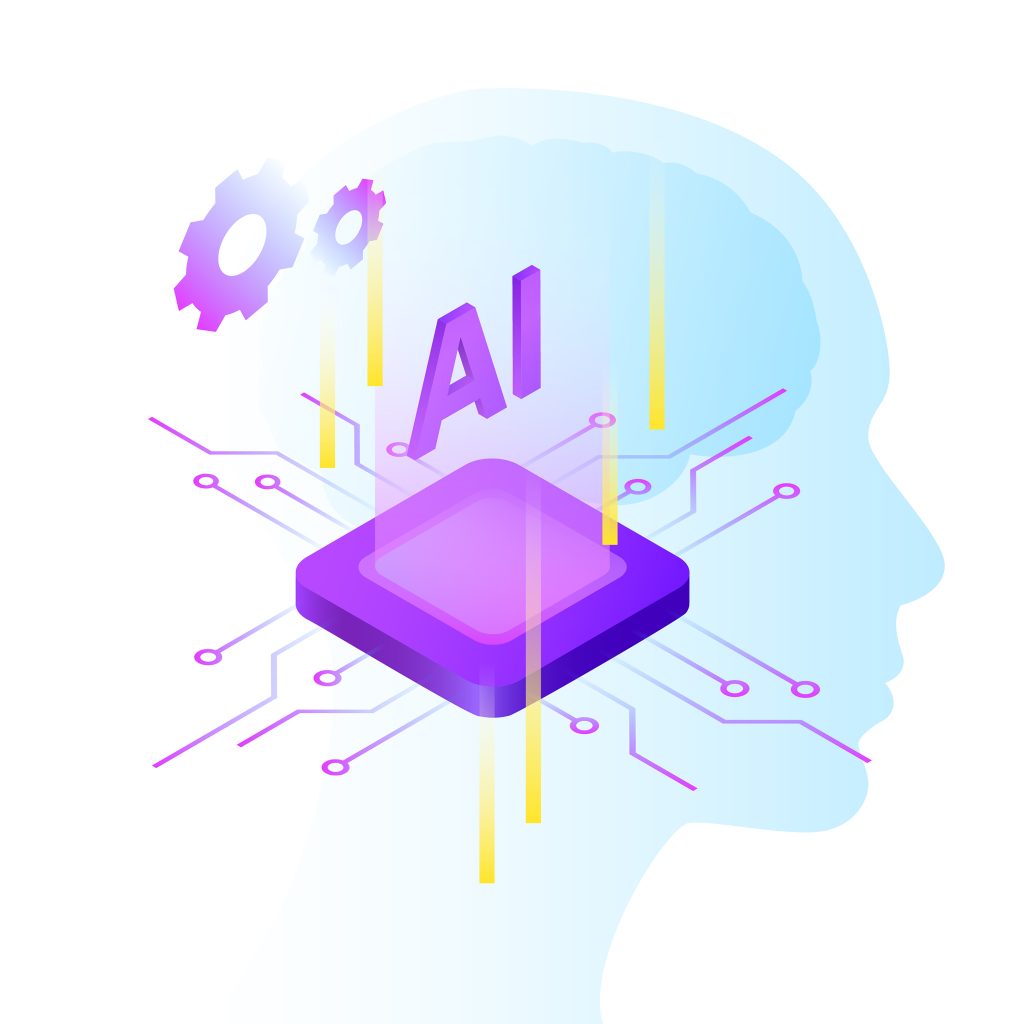Data transformation is a critical step in turning raw data into actionable insights. Whether you’re structuring unorganized data, merging datasets, or optimizing reports, AI can streamline the process with intelligent prompts. This blog explores the 10 best AI prompts for data transformation, how they work, and why they’re valuable for businesses.
By – Vamsi Bumireddy (CTO)
Why AI Prompts Matter for Data Transformation
AI-powered prompts help automate and refine data tasks, reducing manual effort and improving accuracy. By leveraging AI, businesses can process large datasets faster, extract meaningful patterns, and optimize data for better decision-making. The right prompts ensure structured, error-free, and insightful data transformation.
10 Best AI Prompts for Data Transformation
1. Converting Unstructured Data into Structured Format
Prompt: “Transform the following unstructured text data into a structured table format with columns for Name, Date, Category, and Value: [insert data].”
Example Output:
| Name | Date | Category | Value |
| John Doe | 2024-02-15 | Sales | $500 |
| Jane Smith | 2024-02-16 | Marketing | $700 |
How This is Useful: This prompt helps businesses standardize scattered information from emails, reports, or logs, making it easier to analyze and integrate into databases.
2. Cleaning Inconsistent Data Entries
Prompt: “Standardize and clean the following dataset by fixing inconsistent date formats, correcting typos, and ensuring uniform capitalization: [insert dataset].”
Example Output:
Before: “john doe, 2/15/24, sales, 500 USD”
After: “John Doe, 2024-02-15, Sales, $500”
How This is Useful: Data cleaning reduces errors and inconsistencies, ensuring reliable and high-quality data for decision-making.
3. Identifying and Removing Duplicate Entries
Prompt: “Find and eliminate duplicate records in this dataset based on Name and Date fields while keeping the most recent entry: [insert dataset].”
Example Output: Duplicate entries are identified and removed, leaving unique records for analysis.
How This is Useful: Duplicate data can skew results and waste storage space—this AI prompt ensures accurate reporting.
4. Merging Multiple Data Sources
Prompt: “Merge the following two datasets based on the ‘Customer ID’ column and create a unified table with all relevant fields: [insert datasets].”
Example Output: A comprehensive dataset combining customer details, purchase history, and engagement metrics.
How This is Useful: This process integrates different data points for a 360-degree customer view, improving personalization and insights.
5. Detecting Anomalies in Data
Prompt: “Identify any outliers or anomalies in this dataset based on the ‘Sales Amount’ column: [insert dataset].”
Example Output: Anomalies such as an abnormally high or low sale detected, helping businesses investigate irregularities.
How This is Useful: Early anomaly detection prevents fraud and operational errors, ensuring accurate financial reporting.
 6. Transforming Data into Charts and Graphs
6. Transforming Data into Charts and Graphs
Prompt: “Generate a bar chart comparing monthly revenue from this dataset: [insert dataset].”
Example Output: A visual representation of monthly revenue, making trends easier to interpret.
How This is Useful: Data visualization simplifies complex information, enabling better reporting and decision-making.
7. Extracting Key Insights from Raw Data
Prompt: “Summarize the most important trends from this dataset, focusing on revenue growth and customer retention: [insert dataset].”
Example Output: A concise report highlighting sales trends, high-performing products, and customer behavior patterns.
How This is Useful: Summarized insights save time and help business leaders make informed strategic decisions.
8. Converting Data into Different Formats
Prompt: “Convert this dataset from JSON format to CSV format: [insert JSON data].”
Example Output: A well-structured CSV file ready for use in spreadsheets and analytics tools.
How This is Useful: File format conversions improve compatibility across platforms, making data easier to share and analyze.
9. Generating Predictive Models from Historical Data
Prompt: “Analyze this historical sales data and predict expected revenue for the next quarter: [insert dataset].”
Example Output: A projection indicating expected revenue growth or decline based on previous patterns.
How This is Useful: Predictive modelling helps businesses prepare for future challenges and optimize strategies.
10. Categorizing and Tagging Data Automatically
Prompt: “Categorize this dataset based on predefined tags like ‘High Priority,’ ‘Medium Priority,’ and ‘Low Priority’: [insert dataset].”
Example Output: Records are automatically tagged based on urgency, streamlining workflow prioritization.
How This is Useful: Automated categorization enhances efficiency by organizing data for better accessibility.
 Example Output of AI-Generated Data Transformation
Example Output of AI-Generated Data Transformation
Scenario
A retail company wants to transform and analyze its sales data to identify the most profitable product categories.
Prompt Used
“Summarize the top-performing product categories based on total revenue and visualize the data in a bar chart format: [insert dataset].”
AI Output
1. Identified top 3 product categories: Electronics, Home Appliances, and Apparel.
2. Electronics contributed 45% of total sales.
3. Generated a bar chart showing category-wise revenue distribution.
Why This is Useful
This AI-driven analysis helps businesses prioritize profitable products, optimize marketing strategies, and improve inventory planning.
How Stratpilot Supports Smarter Data Transformation
Stratpilot helps businesses make sense of complex data with AI-driven insights. It assists in refining datasets, structuring workflows, and improving decision-making. With Stratpilot, teams can leverage AI prompts for effective data analysis, reporting, and forecasting without needing advanced technical expertise.
Take Control of Your Data with AI-Powered Insights
Effective data transformation leads to better decision-making, improved efficiency, and actionable insights. If you want to simplify data handling, enhance reporting, and gain AI-driven recommendations, Stratpilot can help. Sign up for Stratpilot today and start optimizing your data strategy!
Frequently Asked Questions (FAQs)
1. How can AI prompts improve data transformation?
AI prompts simplify tasks like data cleaning, structuring, visualization, and predictive modelling, making data analysis more efficient.
2. Does AI completely automate data transformation?
No, AI enhances data transformation by assisting in structuring, analysis, and insights, but human oversight is often needed.
3. How does Stratpilot help in data transformation?
Stratpilot helps businesses utilize AI prompts to analyze and structure data, improving decision-making and reporting.
4. Can AI prompts be customized for industry-specific data?
Yes, AI prompts can be tailored to fit different industries, ensuring relevant insights for business needs.
5. Is Stratpilot suitable for non-technical users?
Yes, Stratpilot is designed for business professionals who want to leverage AI without requiring deep technical expertise.





